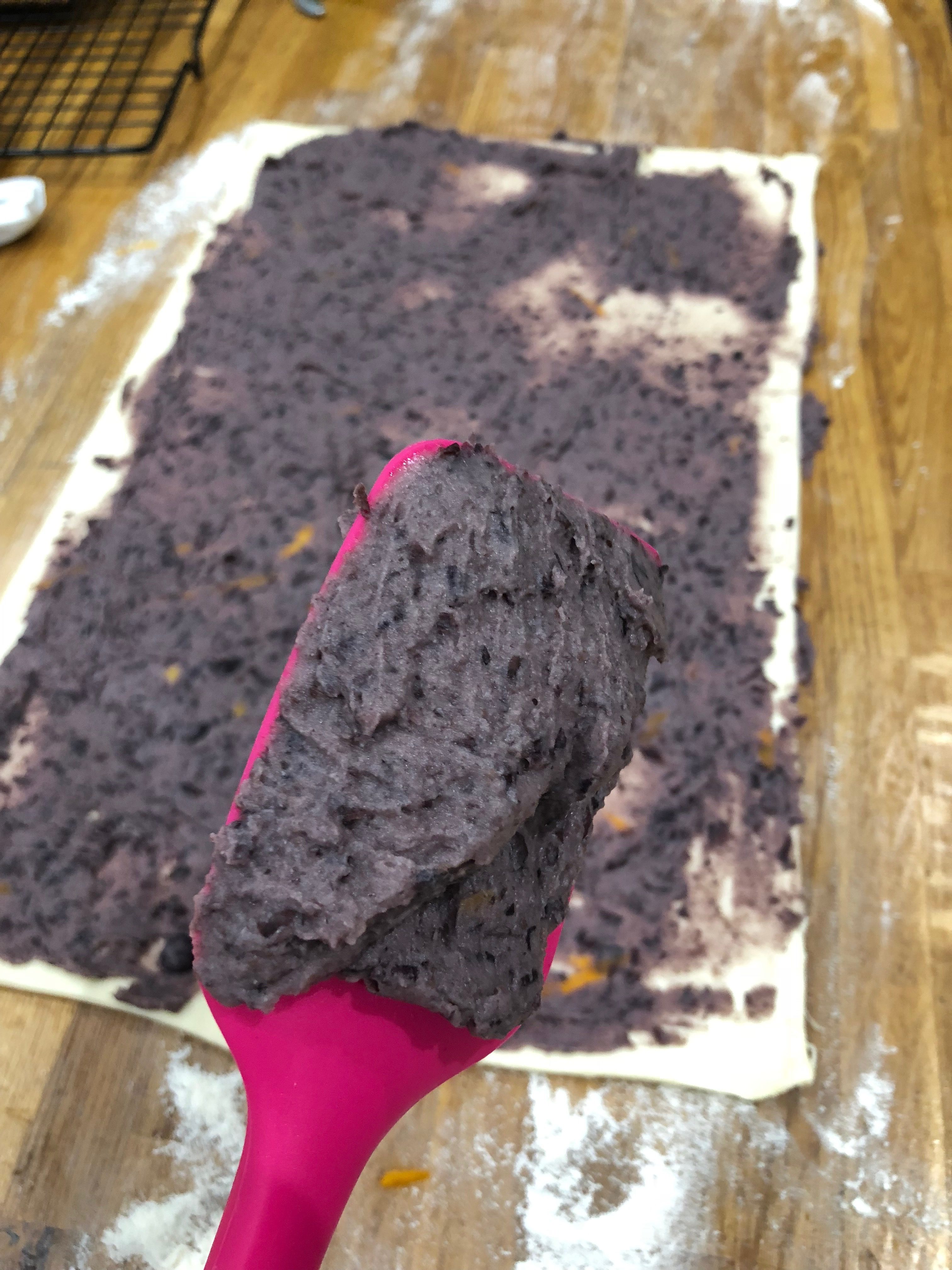

Step 6 Bring mixture to a boil then reduce to a simmer.Pour in 1 ¾ cup water, making sure to scrape up any brown bits from the bottom of the wok. Toss and cook until everything is coated, about 1 minute. Step 5 Stir in the reserved black bean paste.Toss in cabbage and cook until wilted, about 2 minutes more. Add garlic and ginger, and cook just until fragrant, about 1 minute. Step 4 Add onions and zucchini, and cook until just semi-translucent, 2 to 3 minutes.Cook, stirring occasionally, until the pork has browned, turned slightly crispy, and some of the fat has rendered, 6 to 8 minutes. Season pork belly with salt, then add to the wok. Step 3 In a large wok or heavy bottomed pot, heat 2 tablespoons of oil over high heat until it shimmers.Step 2 Transfer black bean paste to a bowl, and reserve the remaining oil for cooking.Add black bean paste and cook, stirring constantly to avoid sticking or burning, until the black bean paste has stiffened slightly in texture and is very fragrant, 5 to 7 minutes. Step 1 In a small pot over medium heat, add oil and heat until shimmering.

We think a wok (if you have one) is a great way to go to whip up this meal. Made this dish? Let us know how it came out in the comments below! Woks are not typically used in Korean cooking, this dish’s origins reside in China.
BLACK BEAN PASTE KOREAN FREE
This dish isn’t typically served spicy, but we also think a bit of heat helps cut through the rich sauce a bit – so feel free to add in a fresh chili or two. We used onion, zucchini, and cabbage, but you can add whatever veg you have on hand such as radish, potatoes, or peppers. Most of this dish’s flavor comes from umami packed, salty, and slightly nutty black bean paste, aka chunjang, which you can source at Korean markets, online and some super markets. For our recipe we’re going to be using the slightly less expensive pork belly, but if you want to splurge, by all means go off! This dish is also the inspiration behind the famous Ram-don noodles from Parasite, where they paired instant noodles with highly-marbled, diced steak. Garnish with julienned cucumber.Commonly ordered in noodle shops, and even more commonly devoured in the instant form of chappaghetti (or jjapaghetti), Jajangmyeon is Korean comfort fare at its best. Serve in a bowl and top with the black bean sauce.

Mix together a cornstarch slurry then add to sauce to thicken and reduce until you get the desired consistency. Cover with a lid and simmer on low heat for another 5-10 minutes. Add the black bean paste and top it up with water. Add the onions, ginger and garlic and cook until the onions have softened slightly, add the courgette and carry on cooking until the courgettes are soft. Cook until light brown and some of the fat has rendered. With a wok on high heat, fry cubed pork in 1 tbsp of cooking oil. Garnish with slices of cucumber.įry the black bean paste in oil and set aside. Turn the heat off and serve the black bean pork over the cooked noodles. Make a paste with cornflour and water and add a few teaspoons of this to the sauce to create a consistency of your liking. While the pork is cooking, cook the noodles in a saucepan according to the package instructions. Add a generous pinch of sugar to balance the salty flavour of the black beans and cover with a lid to cook through for 5-10 minutes. Now add the black bean paste along with about 100ml of water to create a sauce. Push the ingredients to the back of the wok and add the ginger and garlic, stir then add the pork. Stir fry for 3-5 minutes until the vegetables have softened. Once the onions have started to colour, add the cabbage and courgette. With the same rendered fat in the wok, fry the Korean black bean paste for a few minutes, this will give it a smoky aroma and taste, then remove from the wok and place into a bowl.Ĭlean the wok and place back on to the heat, add a few teaspoons of vegetable oil and add the chopped onions. Remove the pork from the wok and set aside. In a wok over a medium heat, fry the pork belly for a few minutes until the fat has rendered out.


 0 kommentar(er)
0 kommentar(er)
